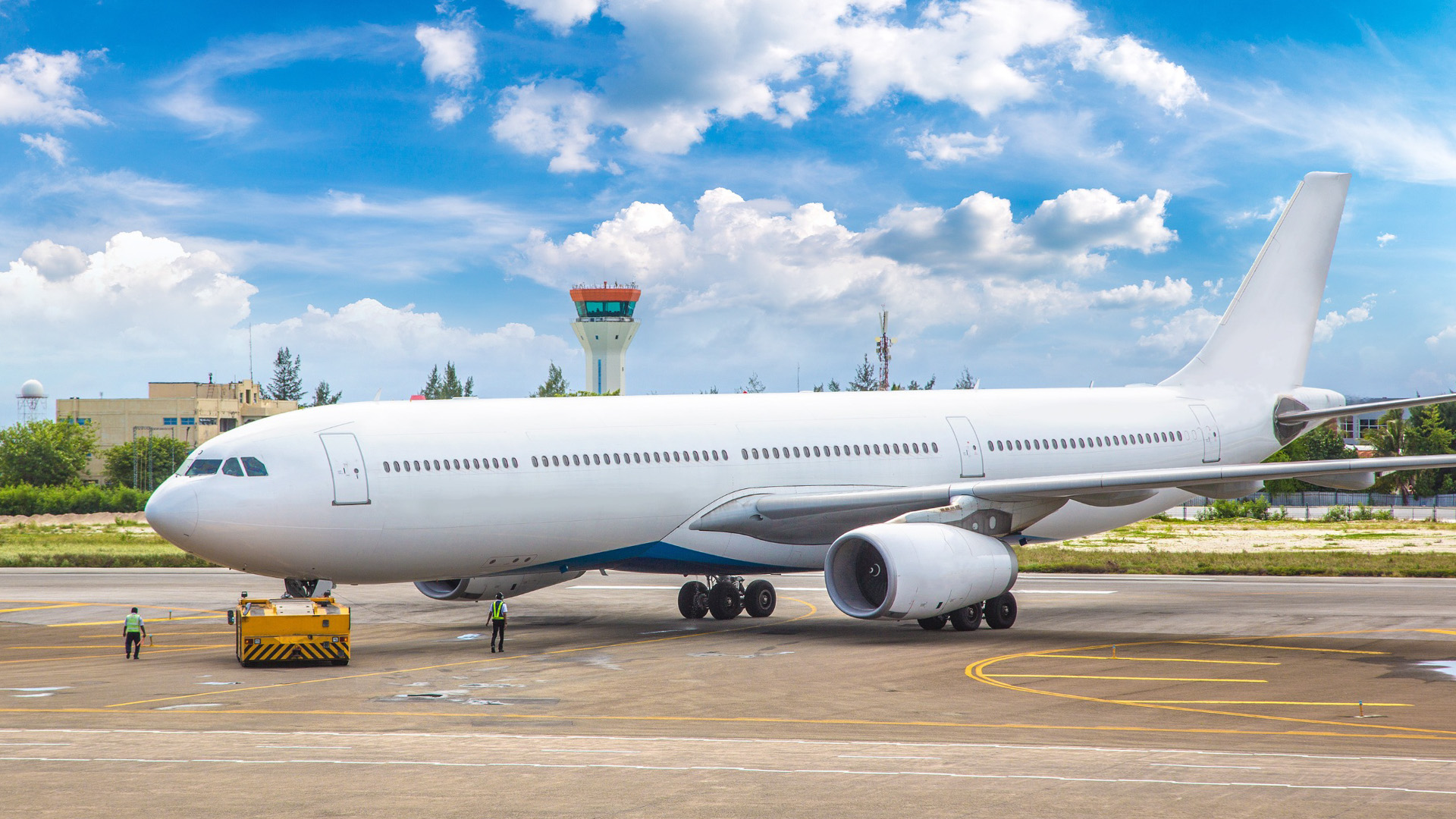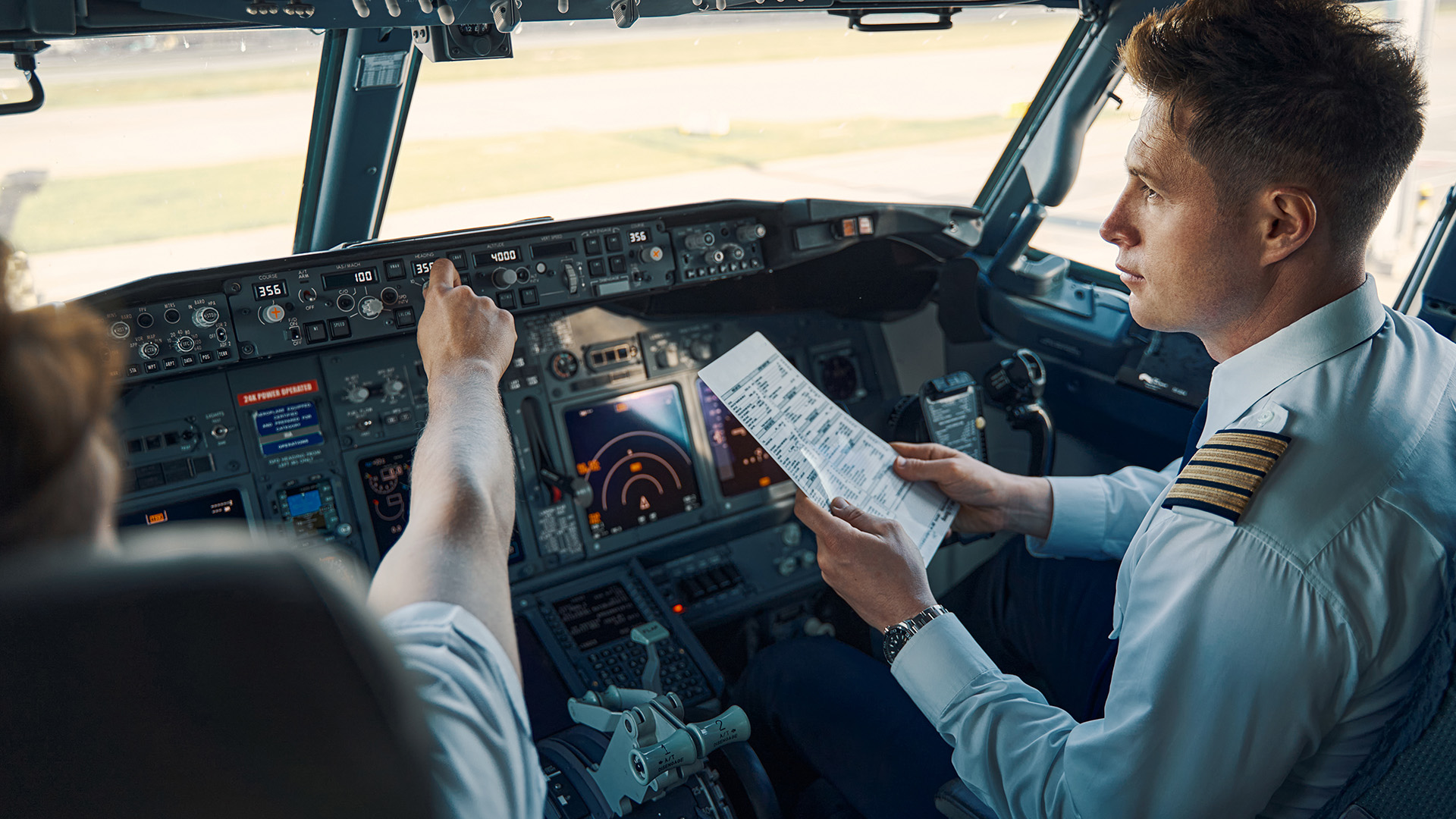To have two pilots or one pilot? That is the question. In this latest dilemma, airlines are pushing to cut costs and operations in very concerning ways.
In the early days, a pilot could count on 4 other crew members assisting them in the cockpit. Fast forward to now, technological advances have shrunk the operations down to 2 pilots and, quite possibly, even just one. Airlines and other regulators express their needs and explain how a one-pilot model will lower costs and solve crew shortages. It will also put all the pressure and responsibility on one person. With many countries asking the UN to change global aviation safety rules, issues of safety and stress are a significant concern.
Many airlines and companies are pushing to have one pilot instead of 2 in the cockpit when flying commercial. Though many believe this will cut costs, many pilots are expressing concerns about the amount of stress that comes along with this. What does this new bill mean, and how will it affect operations? Here’s a deep dive to help you understand, prepare, and consider the risks/challenges.

What is the one pilot model?
One Pilot model or Single Pilot (SPO) operation is an important development in modern aviation technology operations. According to Single Pilot Operations In Commercial Cockpits by Paul L. Myers III and Arnold W. Starr JR, The SPO mode is a reduction from two pilots to one pilot, which no longer can interact, monitor, confirm, and make decisions between pilots. With the development of IT technology, the logical automated processing capability and the performance of aircraft systems have been effectively enhanced, but human-to-human decision-making based on knowledge, perception, experience, and cognition during flight has stayed the same. Thus, relying solely on the single pilot’s independent cognition, behavior, and competence does not meet the safety requirements set out by I0CAO.
With fuel, labor prices, pilot salary increases, and even staffing problems, the critically acclaimed SPO could save airlines some money.
The Concerns
Changing from a collaboration of two pilots to one single pilot can drastically increase the workload that two pilots should carry out. Specific controls, set-ups, and processes might be complicated and only possible to perform with two pilots. The SPO model adoption will need to cover or create an efficient and high-quality operation to eliminate any differences, response times, flight awareness, and decision-making for one pilot to perform effectively.
In addition, the circumstances below will need to be addressed:
- When a pilot becomes incapacitated or unconscious and unable to respond to voice alerts, it can cause tragic consequences.
- Cockpit surveillance
- Establish air-ground communications and decisions.
- Complex failures and problem-solving
- Check and balance

Obstacles to consider
While we have come so far in automation, the technology that helps us fly can only do as it is told. Therefore, the automation will have to act as another human pilot and respond promptly and without errors to the pilot. You could program a computer to do specific tasks, but it cannot handle human cognitive functions. Automation failures can increase the workload again for pilots and break any confidence in the systems, becoming a stressor and getting in the way of how the pilot thinks, operates, and reacts.
Lastly, the biggest obstacle to consider is whether passengers are willing to accept one pilot flying with possible help from a not-so-perfect system. With so many countries asking for regulations to be changed and saying one pilot is as safe as two, an imminent change in automation technology needs to be developed before replacing an expert second human pilot.